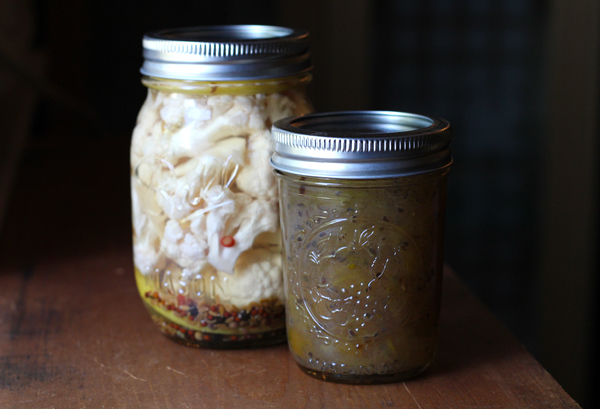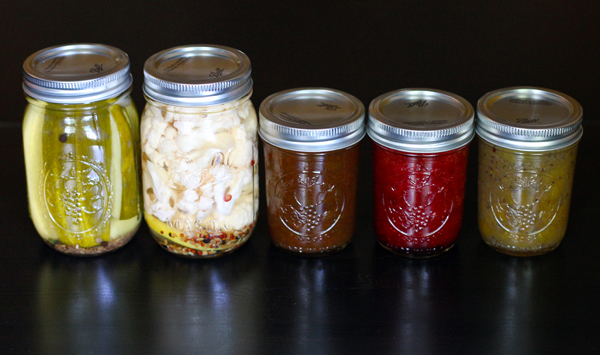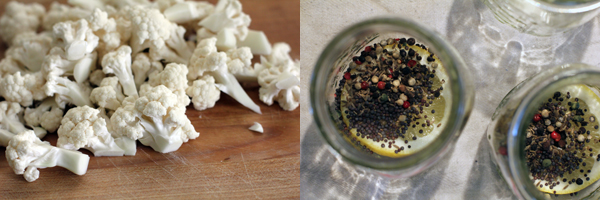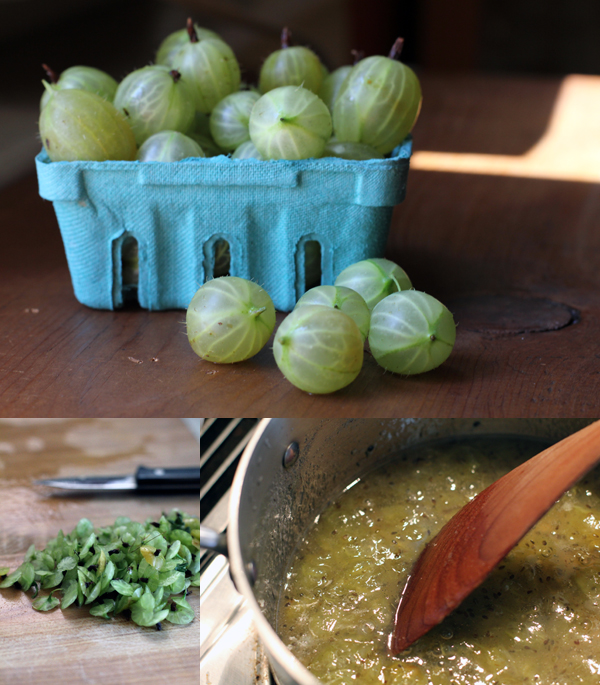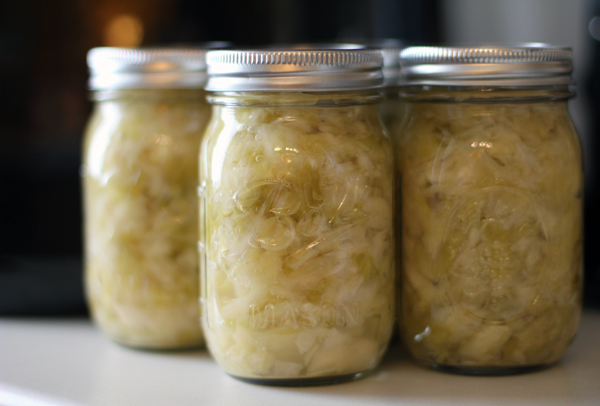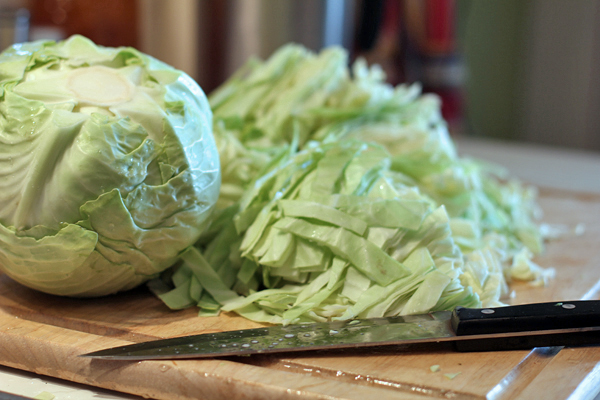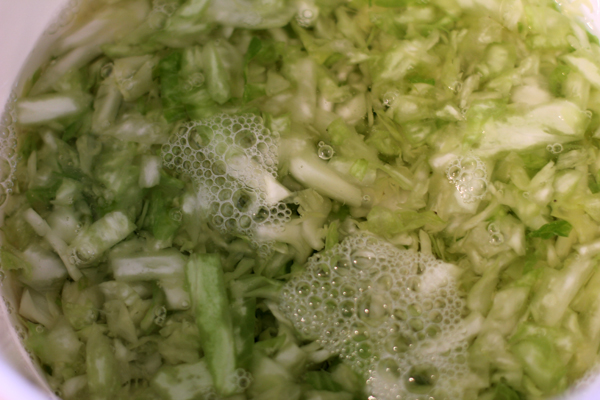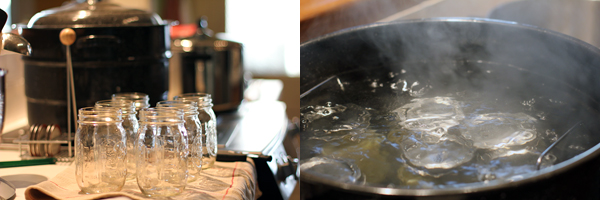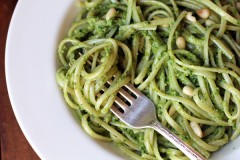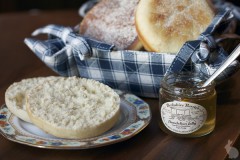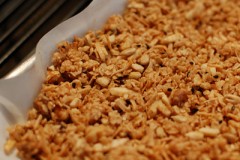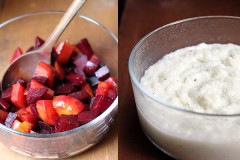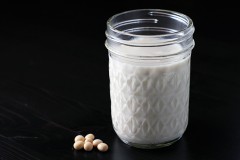I am a “learning by doing” type of person, but I’ve never enjoyed group classes. I may not get much from reading instructions, but I do like to make my mistakes in the privacy of my own home, on my own terms and on my own schedule. It’s not the most efficient method of knowledge acquisition, I’ll grant you, but it’s what has always worked for me.
Last year a lot of my study concerned bread, particularly sourdough. I trialed, I errored, and I learned a lot. And now I really feel like I know something, something satisfying in the same way that working to play the violin well provided but that getting a good grade never did. (There are actually a lot of music/bread parallels, I’ve discovered.)
Anyway, whereas last year’s kitchen was filled with yeasts and starters and flour everywhere, this year I’ve been working my way into canning. I know, I know, I’m very late to this party and riding the trend almost at the point of cliche, but it turns out this is a good thing because everyone and their sister published a beautiful book on canning and I am now actively applying these textbook lessons. (Yes, due to the need for food safety, in this case I’m even reading and following instructions to the letter.)
Since I am buying my produce from the market (heavily shaded urban gardening is just not high-yield), my batches so far have been just a few jars each, but this also keeps things manageable (and, if I screw something up royally, it won’t be such a waste). So far, we’ve got (as seen above): Classic Dill Pickles and Lemony Pickled Cauliflower from Marisa McClellan’s Food in Jars: Preserving in Small Batches Year-Round, plus her small batch recipes for Rhubarb Chutney and Honey Sweetened Strawberry Jam. And finally, a Gooseberry Jam from The Preservation Kitchen
that I found especially attractive due to its comparatively low sugar content and the addition of vanilla.
I also broke down and, even though I certainly don’t feel like eating sauerkraut at this point in the season, I sliced up that 5 lb. cabbage lurking in my fridge (a gift from a friend’s farm) to at least make some for later. I now have another bucket of it set out to ferment in the corner. It’ll be due to process in a few weeks.
The next request I’ve had is for ketchup. If you have a lead on a great recipe, please do let me know. I’m competing with the ghost memory of a grandma’s prize-winning concoction, so I’ll need something stellar.

